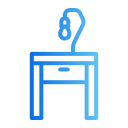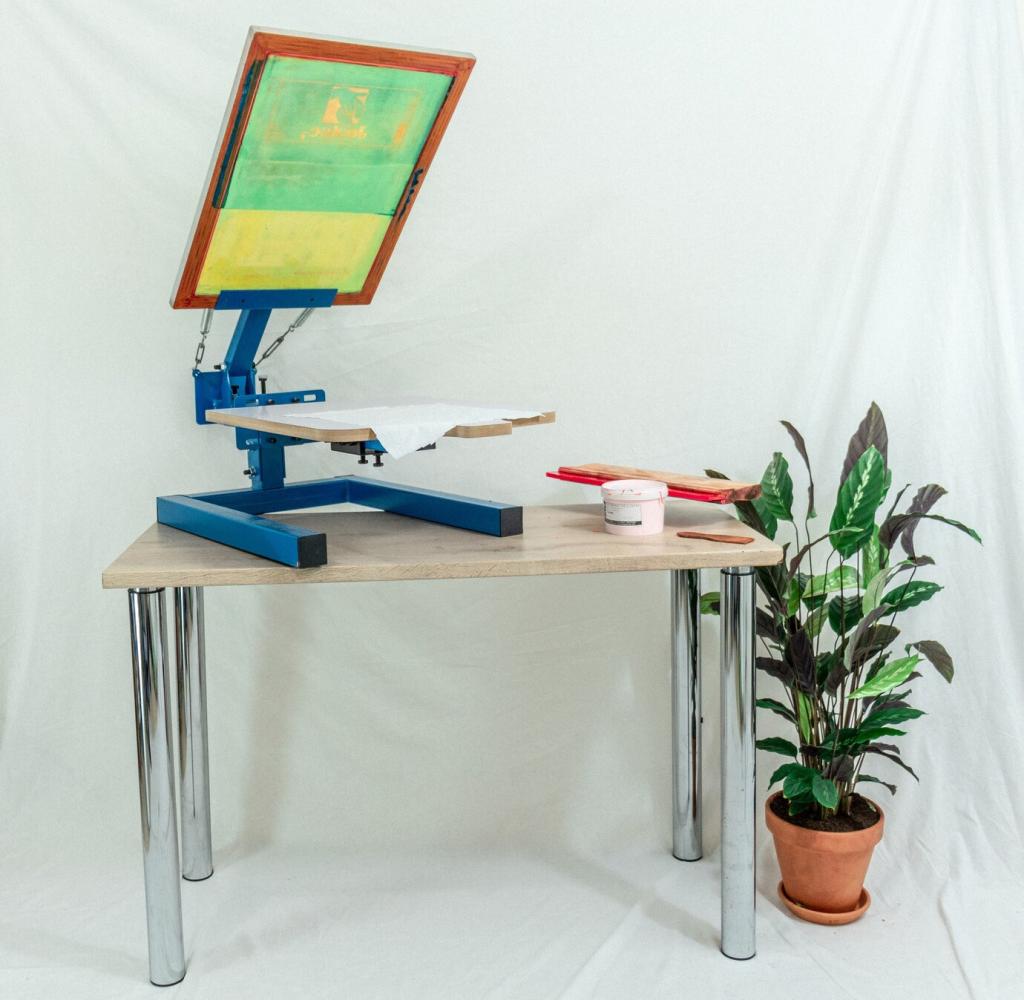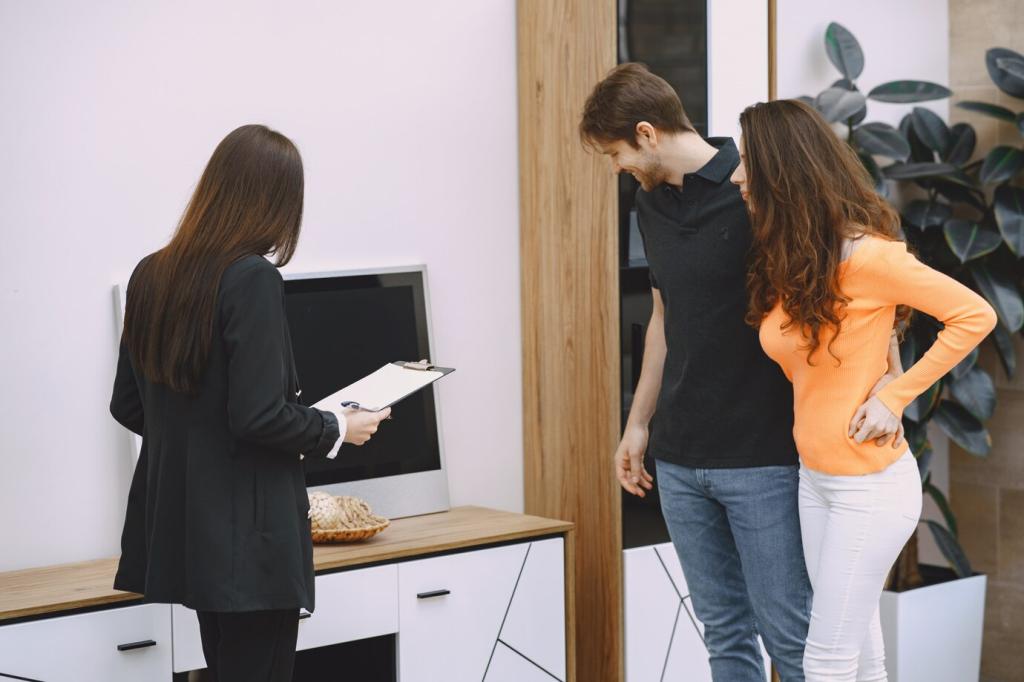Why Standing Desk Workouts Matter
Light movement at your standing desk increases non-exercise activity thermogenesis, elevating daily energy expenditure without sweat. Gentle calf raises, posture resets, and hip mobility breaks help regulate glucose, reduce mid-afternoon slumps, and keep circulation lively during long project sprints.
Why Standing Desk Workouts Matter
Desk-friendly exercises strengthen your posterior chain and open tight chest muscles from typing. Think mini thoracic rotations, scapular retractions, and glute activation. Over time, these moves ease low-back pressure, improve standing tolerance, and make sitting intervals feel more comfortable and supported.
Why Standing Desk Workouts Matter
Short bouts of movement stimulate blood flow and catecholamines that aid attention. A two-minute mobility snack before a complex task can quiet restlessness, improve working memory, and help you enter deep work faster, with fewer distractions and less caffeine dependency throughout the day.




